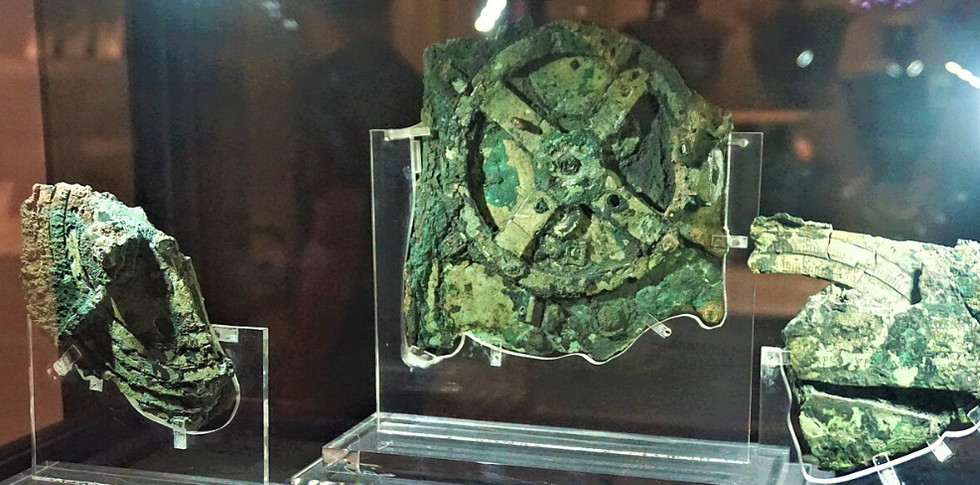Researchers cautioned their 'results must be interpreted with caution'
Don't Miss
Most Read
Latest
Scientists believe they may have finally solved the mystery of the Antikythera Mechanism, often considered the world's oldest computer.
Dating back more than 2,000 years, the ancient Greek device recently served as inspiration for the 'Dial of Destiny' in the final Indiana Jones film.
The sophisticated mechanical device has long fascinated researchers as potentially the most complex piece of engineering to survive from the ancient world.
A new study from researchers at the National University of Mar del Plata in Argentina suggests the device may have been more of a toy than a functional computer.

The sophisticated mechanical device has long fascinated researchers as potentially the most complex piece of engineering to survive from the ancient world
WIKIMEDIA
The team created a computer simulation of the artefact to examine its operation.
They discovered that manufacturing inaccuracies would have caused the device to jam frequently when the crank handle was turned. Such mechanical issues would have made it impractical for scientific use.
The mysterious device was discovered in 1901 by divers looking for sponges off the coast of the Greek island of Antikythera.
Found among the ruins of a sunken ship, the bronze object has been dated to the late second or early first century BC.
MORE LIKE THIS:
- Archaeologists uncover 'rare' prehistoric chariot wheel at site of new championship golf course
- Archaeology breakthrough as remnants of 'British past' found in oldest city in US
- Archaeologists left baffled over mysterious Egyptian artefact found buried in 7th-century cemetery just 2 miles from UK airport
Unfortunately, the shoebox-sized device had broken into fragments and eroded, contributing to uncertainties surrounding its purpose.
Scientists have generally assumed it functioned as a hand-operated mechanical computer to predict celestial movements.
The researchers specifically examined the gears' triangular interlocking teeth, which were integral to the mechanism's operation.
Their simulation revealed that these triangular teeth "result in non-uniform motion, causing acceleration and deceleration as each tooth engages".
The team found that "manufacturing inaccuracies significantly increase the likelihood of gear jamming or disengagement", which would have made the device unreliable for the precise astronomical calculations it was thought to perform.
Despite these findings, the researchers noted how much time, effort and craftsmanship went into creating the device.
"It seems unlikely that someone would build such a complex yet non-functional device," the team acknowledged.
They suggested that if the mechanism jammed frequently, it might have been nothing more than a clever toy, perhaps made for a child.

The ancient Greek device recently served as inspiration for the 'Dial of Destiny' in the final Indiana Jones film
GETTY
This contrasts with previous theories that positioned the device as a sophisticated scientific instrument for astronomical calculations.
The researchers cautioned that their "results must be interpreted with caution" as only about a third of the Antikythera Mechanism has survived.
Crucial parts of the device are likely lost, meaning it may have been more reliably constructed than their simulation suggests.
The team has called for "more refined techniques to better understand the true accuracy and functionality" of the ancient device.
The study has been published on the preprint server arXiv and has not yet been peer-reviewed.













